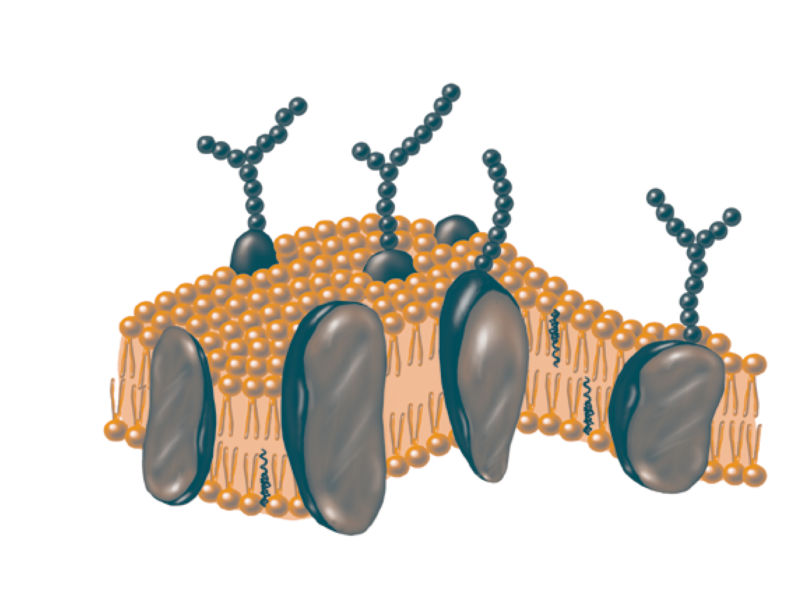Scientists try to study bacterial membranes, end up killing bacteria
https://ift.tt/2pHfVqC

A group of bacteria called “gram negative” have an outer membrane that is a pretty serious barrier to antibiotics. But the membrane is also a barrier to bacteria themselves, making it difficult for them to insert proteins into the membrane and interact with the outside world. Now, researchers that were attempting to study how proteins get inserted into this membrane have inadvertently created an antibody that kills the bacteria.
The antibody isn’t therapeutic on its own since it only works in an experimental system. But it could help us design drugs that target the same things it does.
While membranes are made of fatty molecules, there are proteins strewn throughout the membrane that allow the passage of everything from water molecules to entire proteins. Many of these take on a barrel-like configuration, with the central area of the barrel allowing molecules to cross the membrane.
BAM and barrels
In order to attain their proper barrel-folded shapes, these proteins require the services of a special protein-folding machine. First identified in 2012, the folding complex is called BAM, for ?-barrel assembly machine. Depleting it or interfering with its function reduces bacterial viability, so it must be important—and it could be a potential target for new antibiotics. But we don’t really know how it works.
So some scientists at the company Genentech made a bunch of antibodies that stuck to it, to see if the antibodies could be used to help elucidate its function. The idea behind this approach is that some of the antibodies will interfere with BAM’s function; by seeing where on BAM they stick, we can identify key parts of the folding machinery.
After screening thousands of antibodies, they hit on five that bind to and inhibit BAM and go on to characterize one of them. It specifically sticks to a particular site on the E. coli version of BAM—and killed the E. coli in a dose-dependent manner. It reduced the presence of outer membrane proteins, so it seems to prevent BAM from performing its requisite function of folding them. Treatment with the antibody also rendered the membrane more permeable to molecules that it normally wouldn’t let through.
In order to further elucidate BAM’s mechanism of action, they looked at bacteria that had evolved resistance to the antibody. Weirdly, the resistant bugs all had normal BAM, which the antibody could still bind and inhibit. Instead of affecting BAM, the mutations that rescued them were in a gene that affects the structure of the molecules comprising the outer membrane.
Fluid
These mutations make the membrane more rigid, less fluid. Diminishing the membrane’s fluidity by other means, like soaking the bacteria in salt or growing them in the cold, also impaired the antibody’s activity but not its binding. So somehow enhancing membrane rigidity prevented the antibody from inhibiting BAM and killing the bacteria.
This antibody isn’t going to be a useful therapy. The bacteria used in this study were not standard; they had been engineered to have a very minimal outer membrane, which should increase the chances of finding an antibody that interfered with BAM. This antibody doesn’t even work on normal E. coli cells with normal outer membranes—in those cells, the antibody can’t access the BAM machinery to bind to it.
Still, it achieved what it was intended to; it is a valuable research tool that has started to clarify how BAM works. It revealed that there is an unexpected link between BAM’s ability to fold proteins and the properties of the membrane in which those proteins reside. And it does show that blocking BAM can kill cells, so it provides a proof-of-principle that BAM could be a viable target for other types of antibiotics.
PNAS, 2018. DOI: 10.1073/pnas.1800043115 (About DOIs).
Tech
via Ars Technica https://arstechnica.com
March 26, 2018 at 04:50PM
